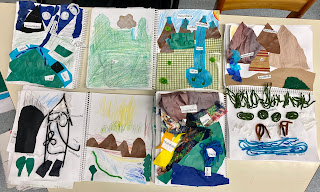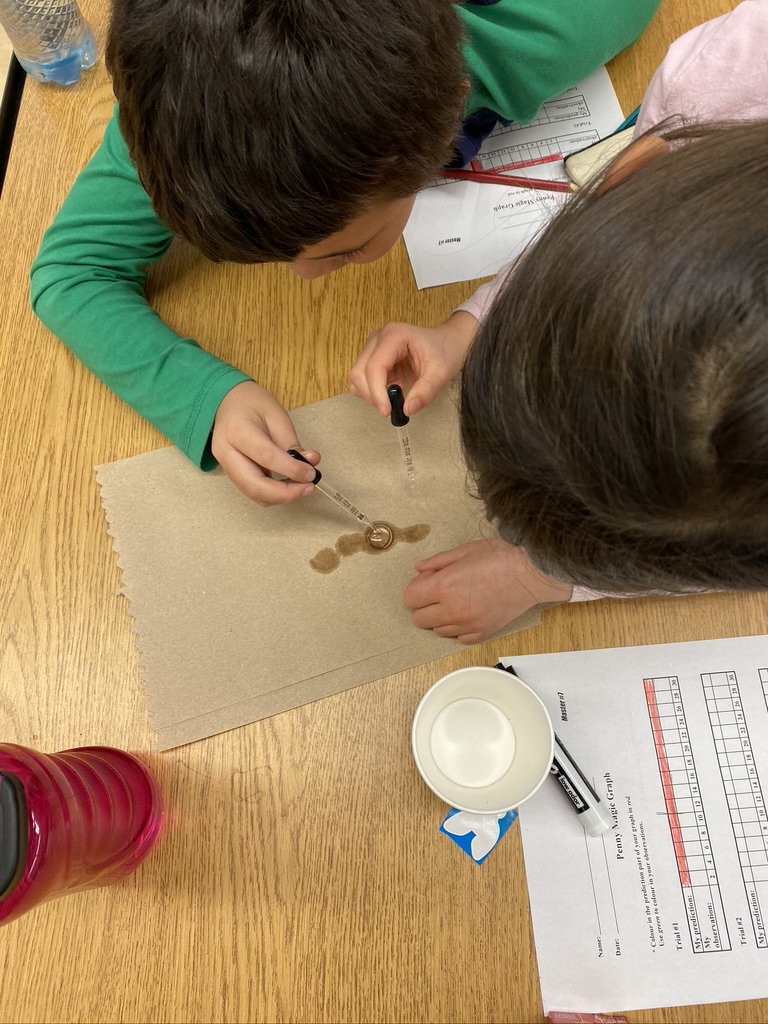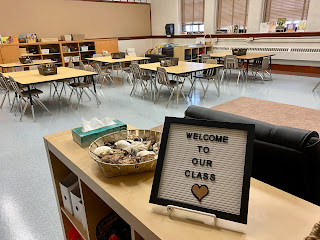April 8-12th
Our full week at school was jam packed with lots of learning and opportunities.
Here is a glimpse at our week -
Indigenous Story Telling : We were very fortunate to have been given the opportunity to have Mr. Chris Scout join our school classes on Wednesday. Mr. Scout shared blackfoot oral stories and information with our class. The story he centered our session around is titled, Napi and the Rock. This story is based on the character Napi, a trickster and his encounter with Big Rock (Okotok) which is a rock outside of the town of Okotoks. Students were very engaged to participate in this opportunity and to learn the story. We have extended this oral story work into our classroom with our first step focusing on sequencing and retelling the story. We will share more around this work at a later date.
This can be modelled with base ten blocks.
For example, you can use three steps to add 43 + 38.
Step 1:
Add the ones.

Step 2:
Since there are more than 9 ones, trade 10 ones for a tens block. That leaves only 1 ones block.

Step 3:
Add the tens. There are 4 tens, 3 tens, and the extra ten created from 10 ones, to make a total of 8 tens. The answer is 81.

Another method we looked at was the expanded form algorithm -
The expanded algorithm differs from the standard algorithm in that it makes place value more obvious (the number in the tens place is more obviously a ten and not a one). By giving each place value a separate line, the values that would be "carried" in the standard algorithm are more clearly attached to the sums they came from.
Helping Your Child
On occasions when you are adding amounts that are under 100, you could share with your child what you do. You might also ask your child to tell you how he or she would add.
Always remember, though, that any strategy for addition that yields a correct numerical answer is absolutely fine. What matters is whether the procedure makes sense to your child.
Science - This week we began our unit on Matter which focusses on materials. We began by exploring different materials to test out their
Here is a picture of our Landscape Art based on Ted Harrison that was mentioned a
few weeks back.













Comments
Post a Comment